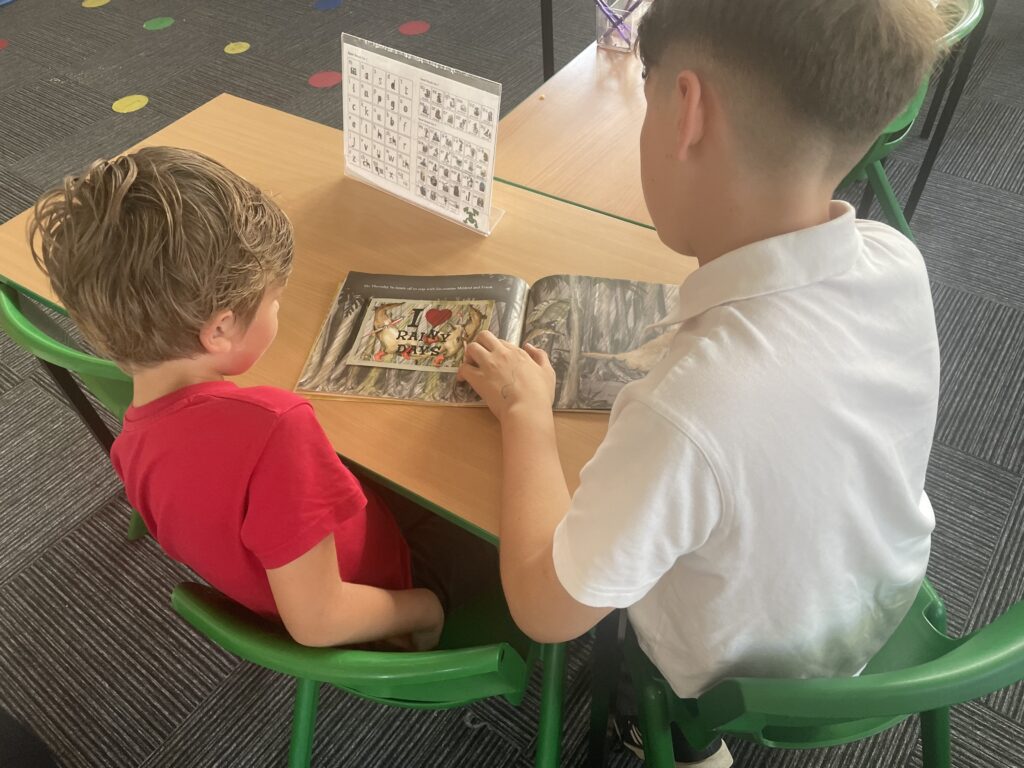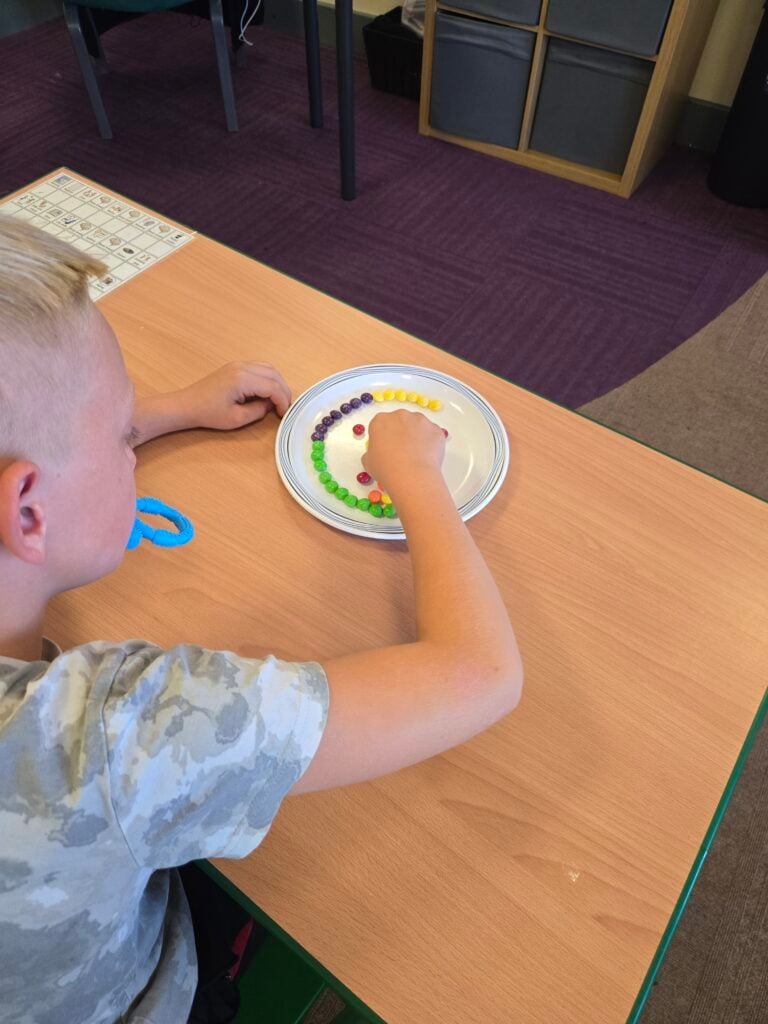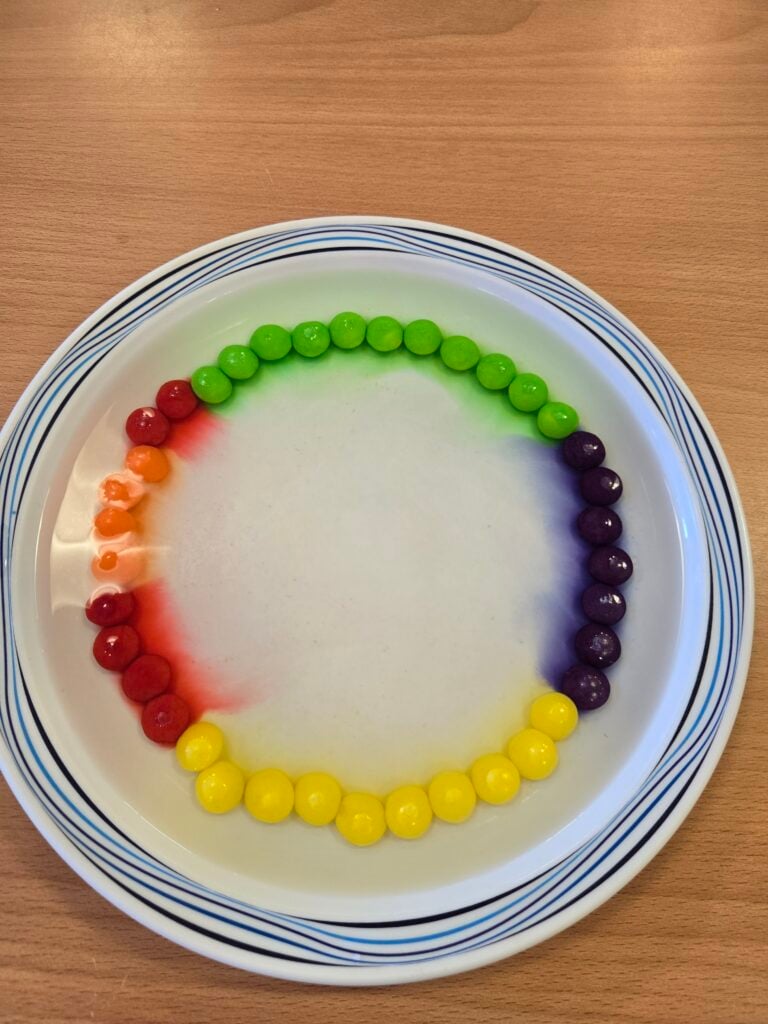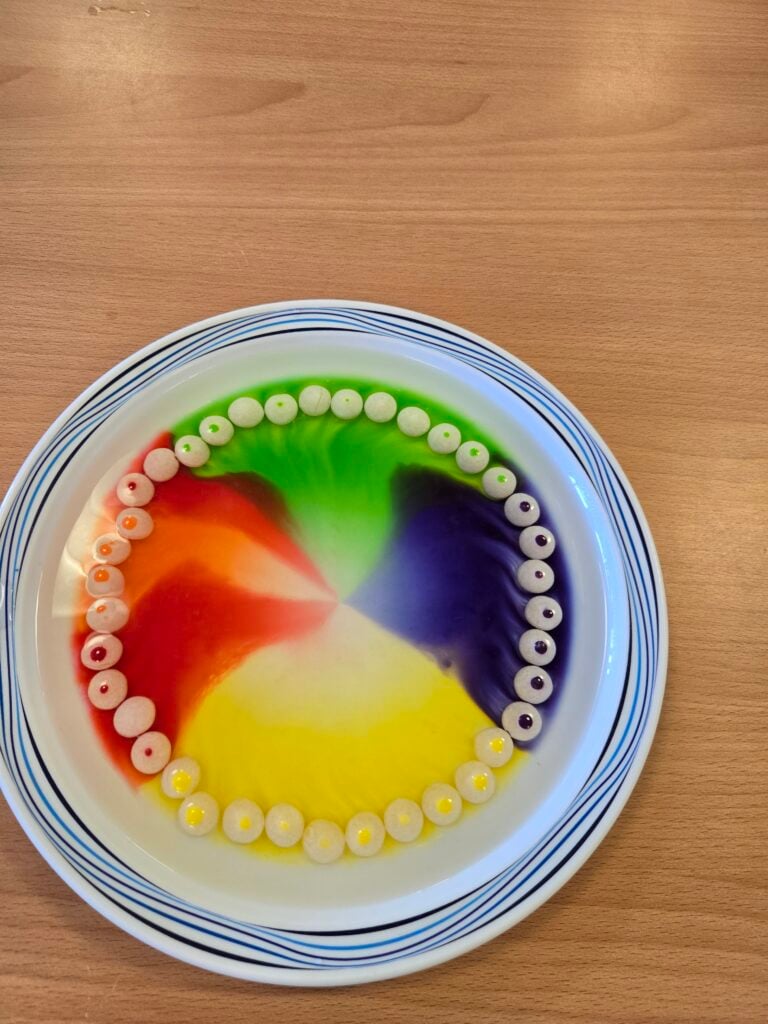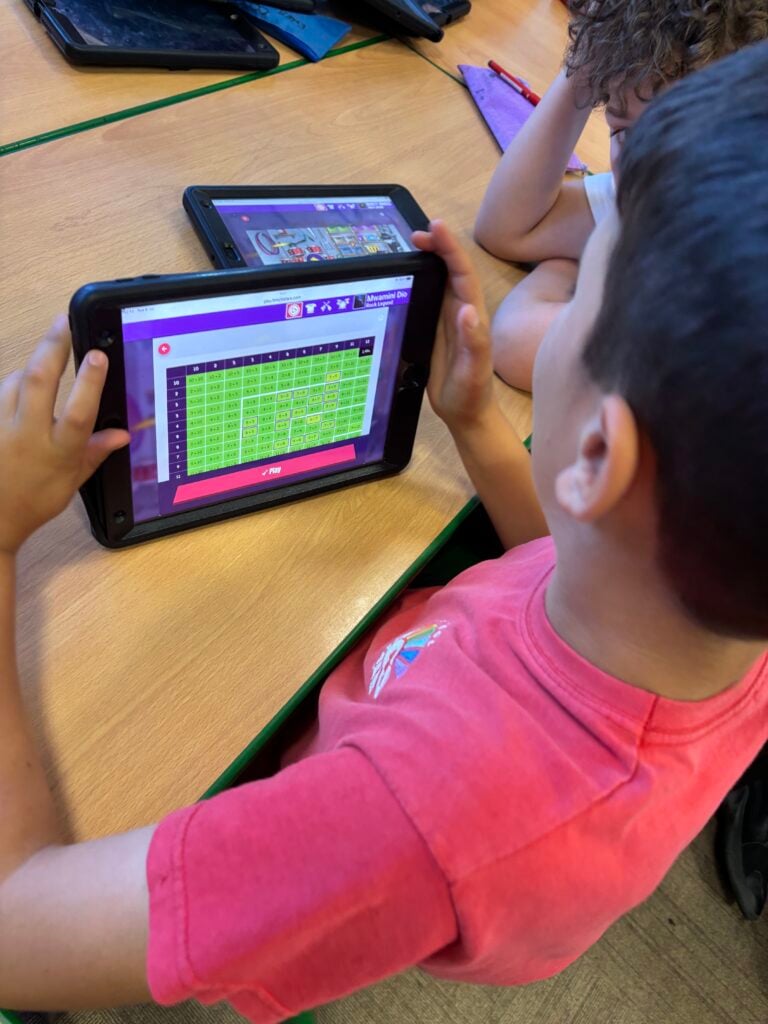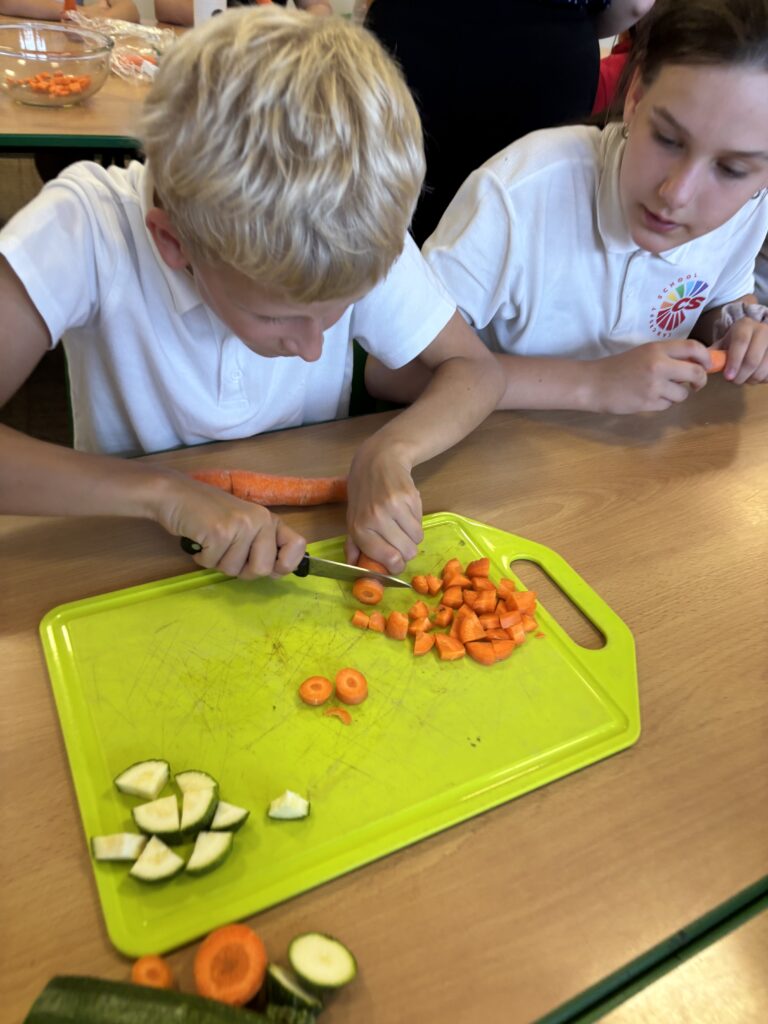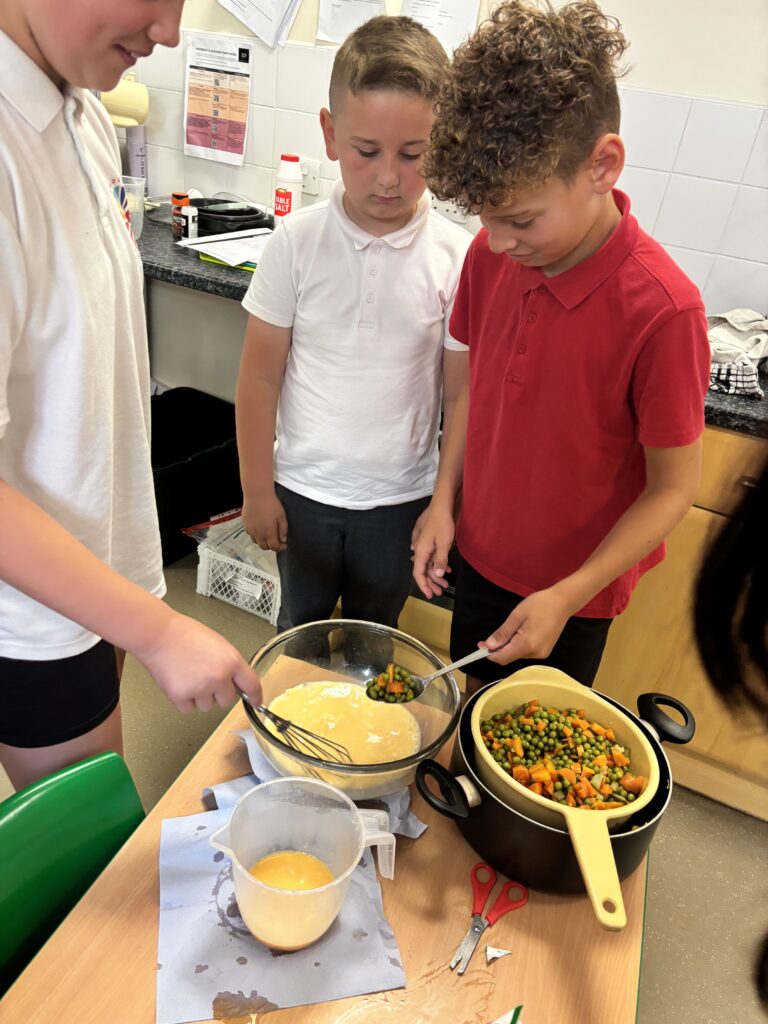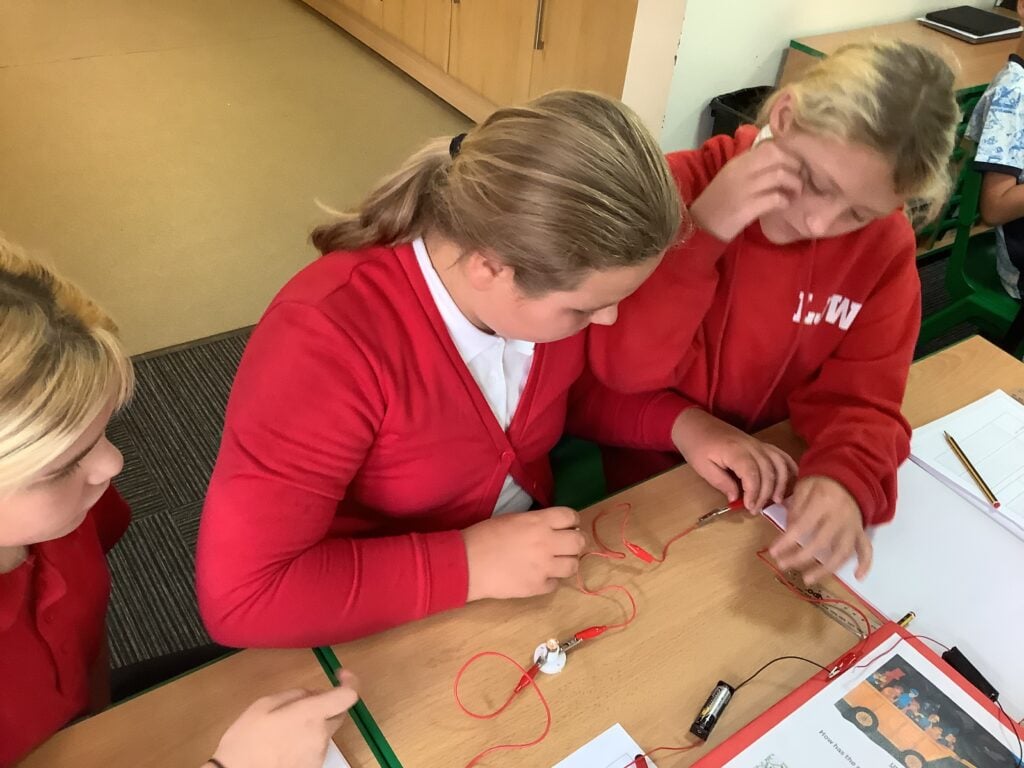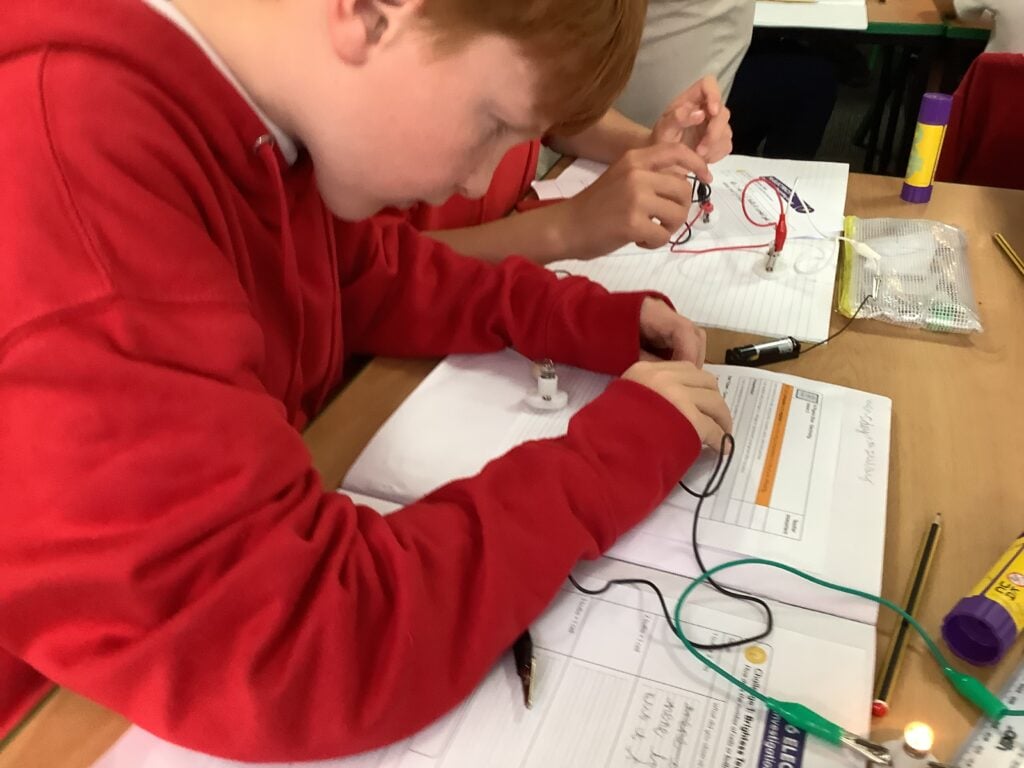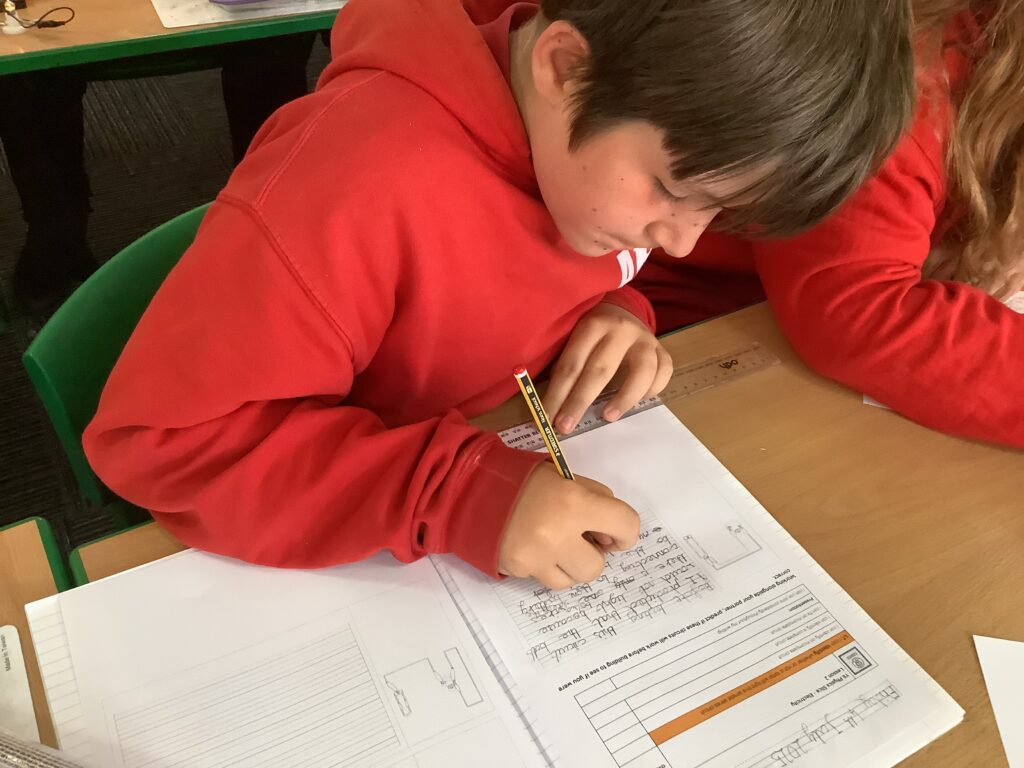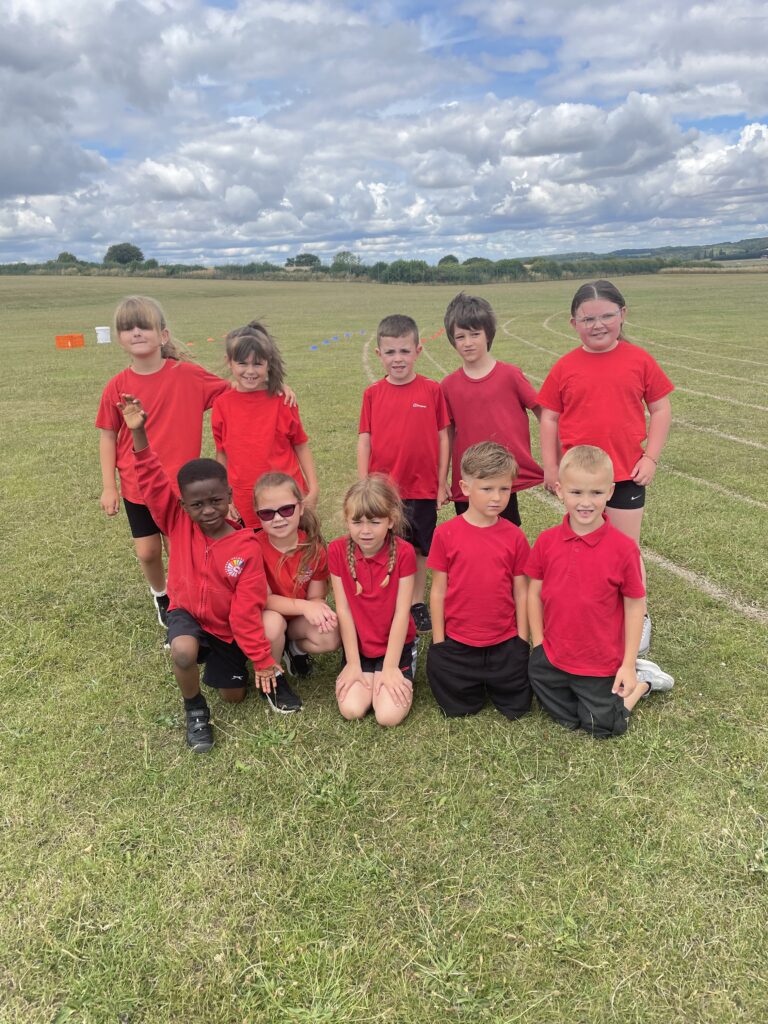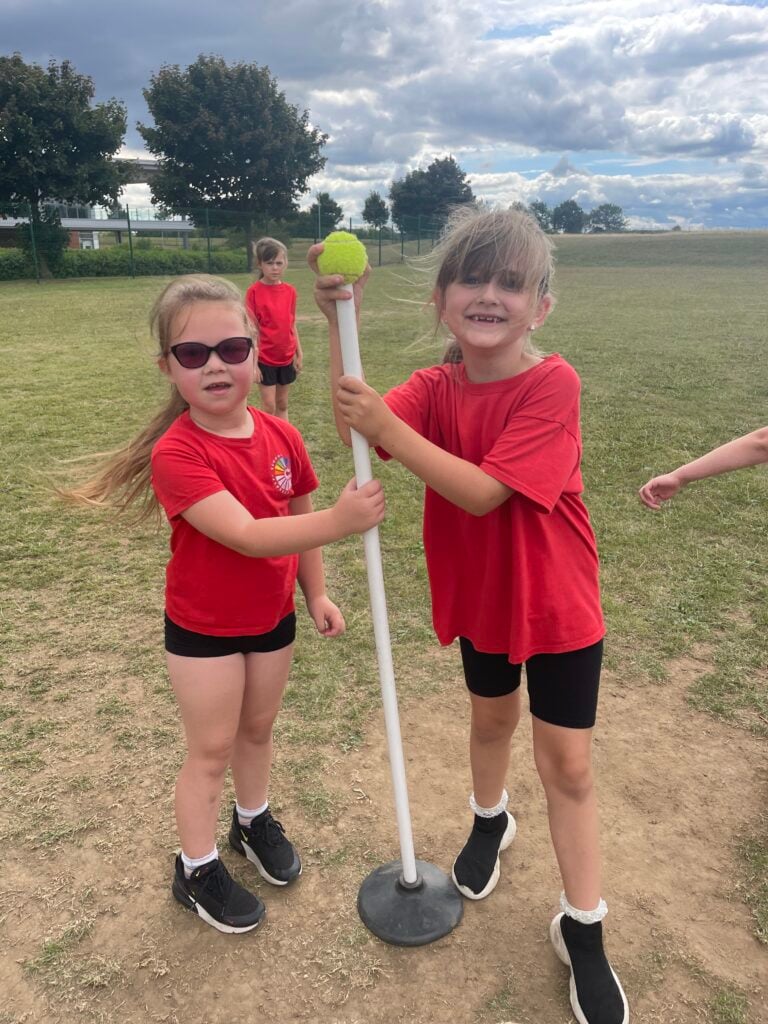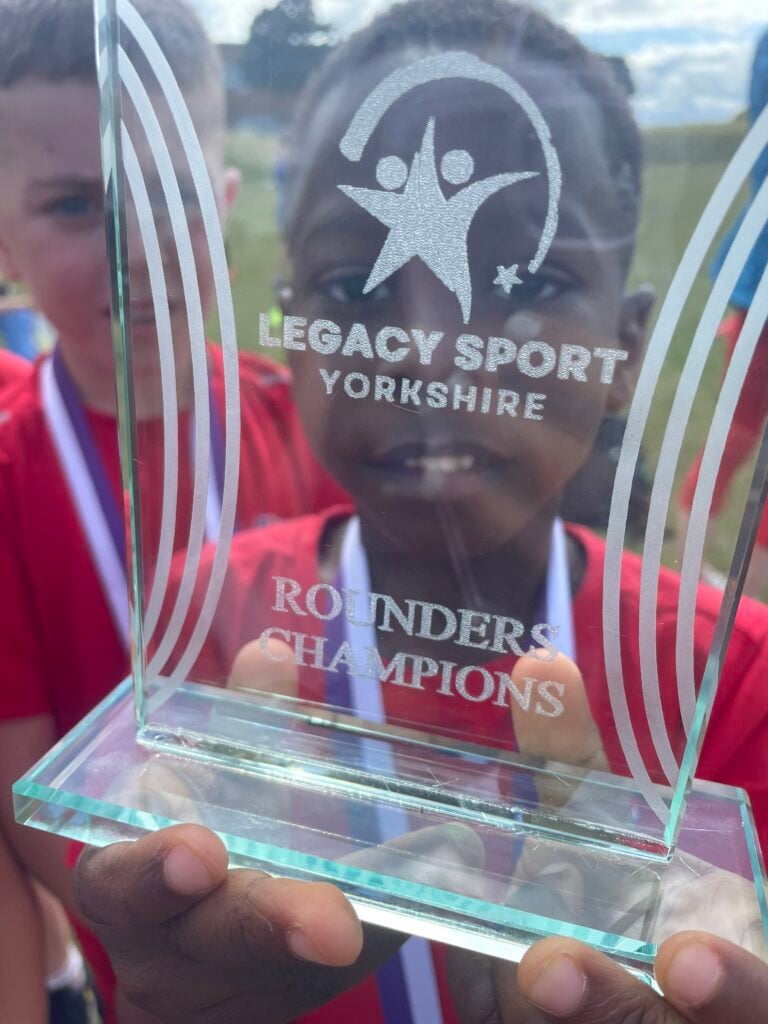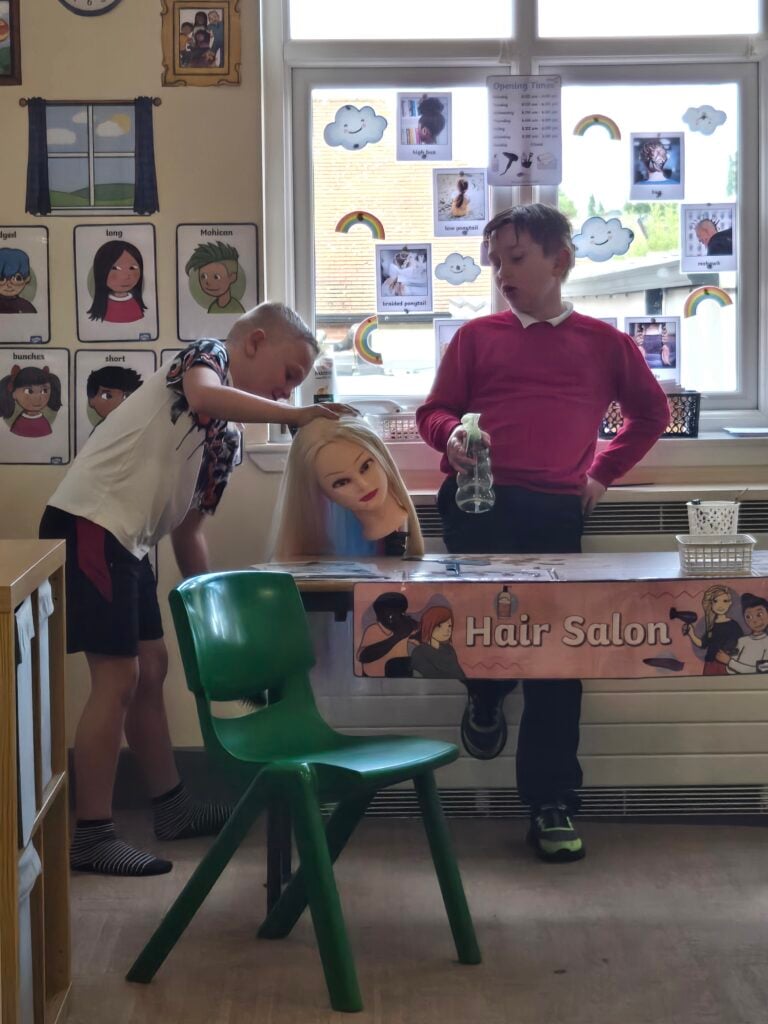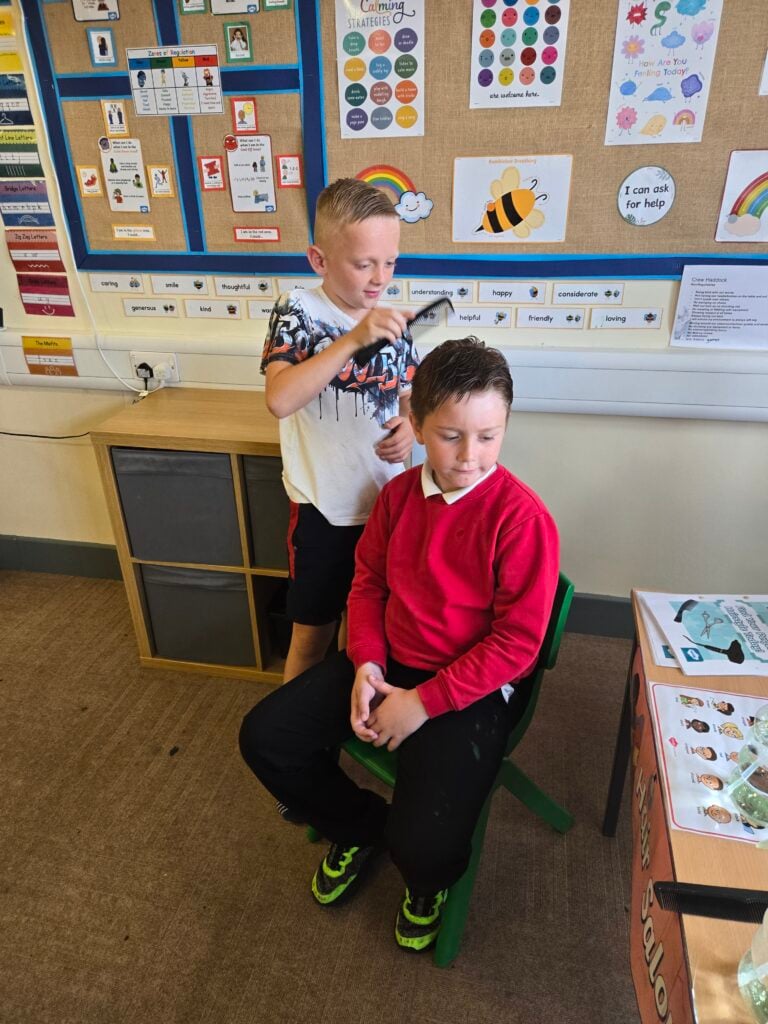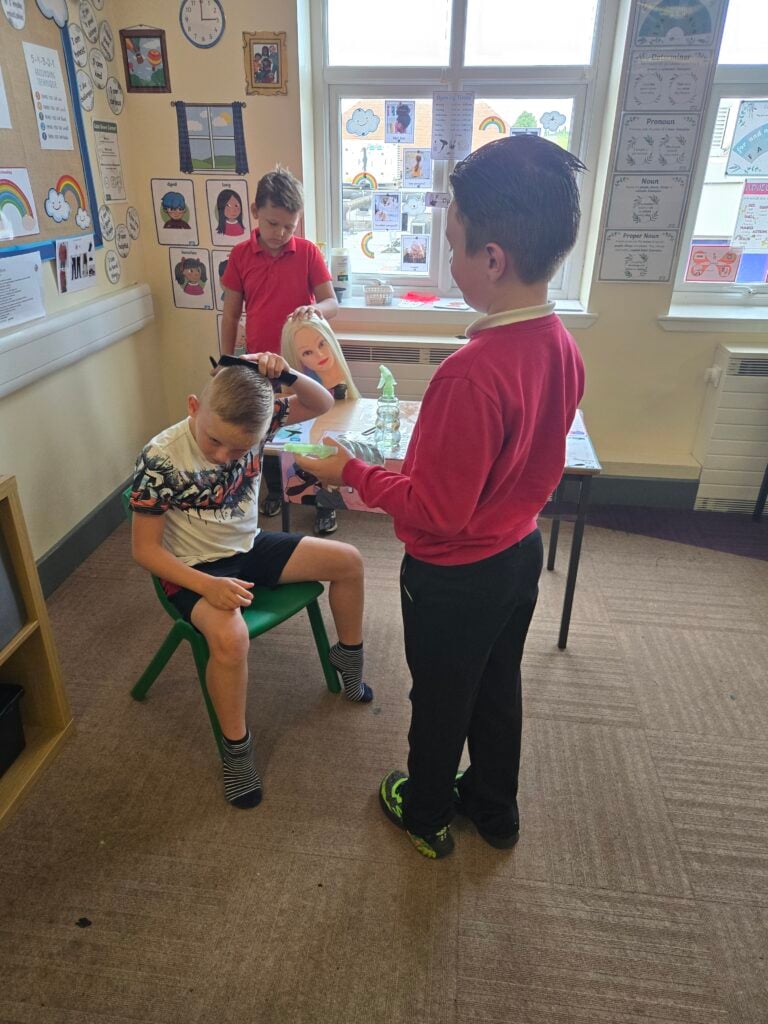Today we started careers week with the theme in KS2 being ‘Find your future’. We will explore different themes all week, todays theme being media and communication. We kick started todays theme thinking about what aspirations are and what we dream of for our futures. We thought about the kind of person we want to be and the things we enjoy doing now that will add to our dreams for the future. Next we watched a video clip that showed us a variety of different jobs. We discussed these jobs at the end in mini crews, some of us changed our job choices for the future after watching! From here we explored the types of jobs… trades, professionals and unskilled. We discussed qualifications needed, experience needed and the skills and personal qualities required.
From here we headed into the hall to hear from a journalist living in Doncaster! We loved learning about what he has to do in his job and some of the personal qualities required. We answered lots of questions at the end 🙂
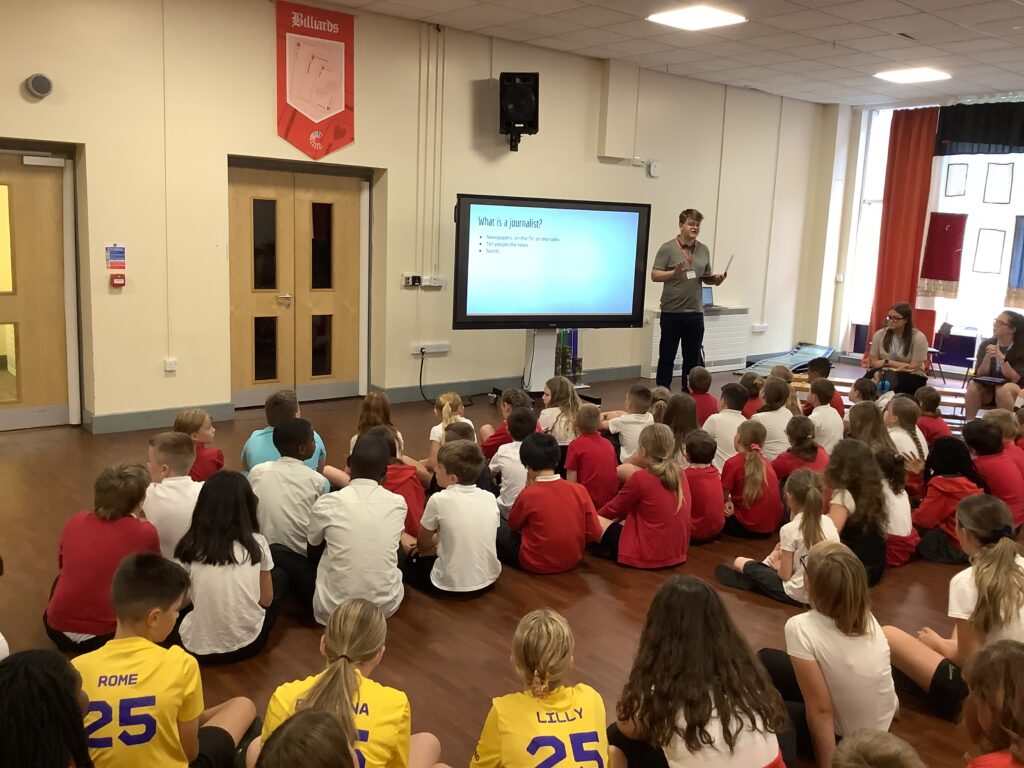


Listening really set us up for the next part of our learning back in the classroom. We watched newsround and thought about the journalists role. We were then given the headline… ‘Mysterious creature spotted on the playground’. We explored the headline together then became journalists! We interviewed all involved and took part in a hot seating activity! From here we created our own quotes to be part of our own class news article. Here it is…
Breaking News: Mysterious Creature Spotted on the Playground!
Reporter: Crew MT, Year 4 News
Excitement filled the air at Carcroft Primary this morning when pupils claimed to have seen a strange, furry creature running across the playground. It had a long tail, it was approximately 1 metre tall and it had bright blue eyes!
“It was covered in brown fluffy fur and it flew across the field at lightning speed! Also it had crazy rabbit teeth!” said Shania from Year 4.
The mysterious animal was last seen disappearing into the bushes in the forest school. Teachers have checked the area but say they found only a few large footprints, some brown fur and some half eaten bagels with a can of doctor pepper.
Some pupils believe the creature may be a lost pet, while others think it could be something magical.
“I think the creature is very mysterious, it was a cross between a tiger and a bunny,” announced Summer from Year 4. “It was so weird!”
The school has asked pupils to stay calm and not feed any mystery animals. More updates will follow after lunchtime.
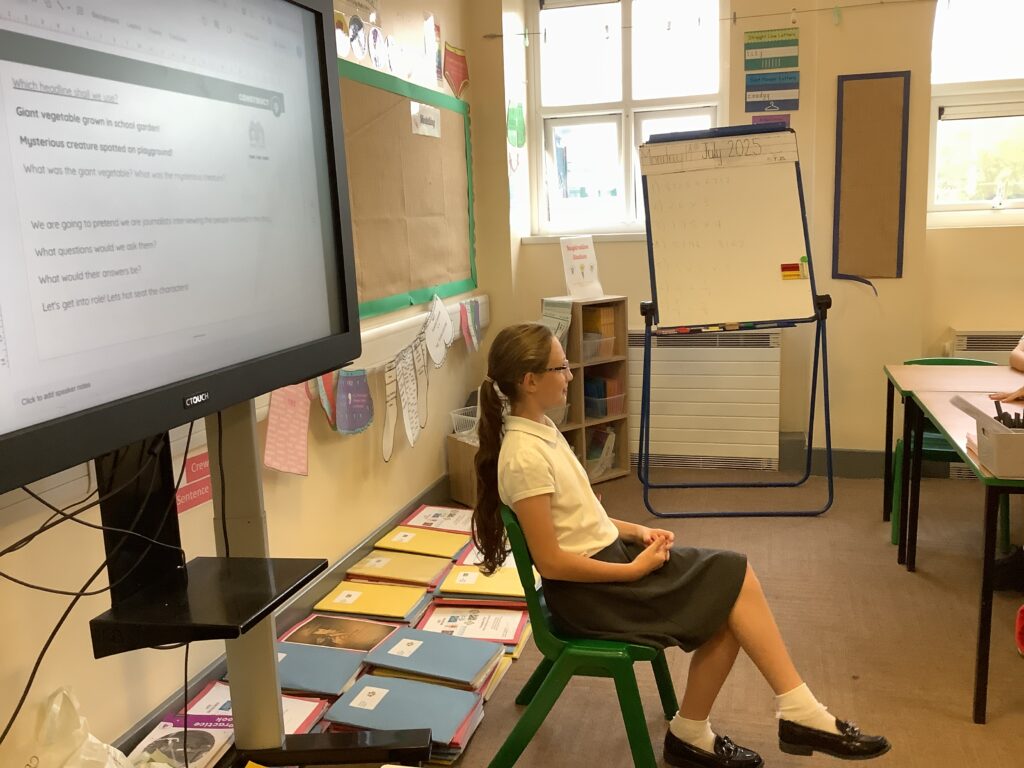

From here we looked at presenting! We explored a KS1 video around dance. We unpicked the video thinking about the traits needed in order to be in this line of work. We then had a go ourselves, working in mini crews to do this. We thought about ways to engage the audience and had to work together to create the script. We then presented our video to the rest of the crew.









A fab first day in MT 🙂

